by Jo Hoffman
Since June of 2011, my daughter Amy and I have been working with the GoodWork Toolkit team to adapt some of the Toolkit activities so that they would be appropriate for children who are six to eight years old—the ages of the students in my daughter Amy’s 1st and 2nd grade multiage class. Encouraged by Lynn, Wendy, and Margot and collaborating with me, Amy wrote curriculum activities for each of the 3 Es. She is in her second year of incorporating Toolkit activities into her unit on citizenship in the community, and through writing units that focused on narratives and self-expression. Together we are looking for evidence of development in the children’s thinking about the concepts of the 3 Es. Amy has collected work samples, photos, and audio recordings from her young learners that are the result of many, many concrete experiences exploring the concepts of the 3 Es.
Amy has begun each school year with conversations about GoodWork. (Amy and her students describe activities involving the 3Es as GoodWork time.) She embarked on exploration of each of the 3Es with essential questions and discussion designed to introduce her students to the concepts surrounding the “E” to be explored. To gauge children’s initial understandings and as a pre-assessment, a word list is created via class discussion/brainstorming of all the meanings they have for the “E” being investigated. Amy offers an age-appropriate definition for them and then encourages the class to develop their own definitions too over the course of the days of related experiences. As an example, the definition she uses to introduce ethics is: Ethics is what you believe makes you a good friend, brother or sister, or classmate. Ethics is being with others and respecting whoever you’re with so that everyone is working together in a happy way to get things done. One of her students developed this definition for ethics after several days of related activities: “Ethics is having confidence in yourself to make smart choices.” Other activities within the 3 or 4 days of initial focus on each of the Es included narratives and student responses, word mapping, webquests and the value sort activity using technology, and other developmentally appropriate related activities. For instance, an activity to explore Engagement is for children to reflect on the things that they like to do and think they are good at doing, developing trading cards with pictures and writing about their “expertise.” Then working with a partner, they trade cards and think of ways that they can help one another in their class community using something they are good at doing.
Amy has been doing a great job documenting the activities and discussions surrounding the 3Es. It is fascinating to listen to audio recordings of the students in their class discussions about GoodWork and in looking at the photos that Amy has taken of their word maps and word sorts. Her 1st and 2nd graders’ responses and participation vary, as even young learners bring a variety of prior experiences and understandings to the ‘table’. Listening in on a class discussion, we hear students’ initial perceptions of What is GoodWork? For example, GoodWork is: “getting better at something, trying new things,” trying and trying and not giving up.” In a class conversation about Engagement, we hear some insightful early thoughts from her students to the prompt – It’s important to like what you’re learning about because: “it helps you get better at stuff,”” it makes it fun,” “it makes you try harder”. The discussion deepens their understandings as they interact with one another and compare their ideas. Amy guides them to expand their beginning understandings by partnering them to tackle an online word mapping activity, adding higher level and more descriptive vocabulary.
After this September and October’s GoodWork activities, the students came up with the initial idea to do something “good” for someone or some group. Through class discussions and ideas about what to do and for whom, it was decided to do a school-wide read-a-thon to raise money for a yet-to-be determined school in Nepal working with an organization that could help deliver school supplies. Not long after, Superstorm Sandy hit NJ and when they finally had school again 10 days later, Amy and her students decided that due to widespread damage and devastation, there would be people and schools needing money for supplies right in their own state. Since Amy is always seeking ideas to keep the GoodWork conversation alive throughout the school year, she’ll be using short video clips that resonate with the 3Es for her students to respond to after the holidays. The spring brings the final activity where students write their own GoodWork narratives. Last year’s work samples were intriguing. Here’s an example that two students wrote together:
Bob and Mary are building a wind farm. James could not build a wind farm by himself, but he wanted to. He said, I cannot do this. Upon hearing James’s frustration, a girl names Starr told him they could make a wind farm together! So, they got some stuff to make it and then they made even more. They still put on long wires, next they put on the long tube, they also put blades and then it looked awesome and they were happy. Then they decided they would make even more windmills so they got to work and did the same thing. Finally, they connected the bird baths to the windmills and the water went from one side to another!
The examples of students’ words and work I’ve included here are part of the growing body of evidence that there has been development in the children’s thinking and understanding of excellence, ethics, and engagement. They seem to be discovering the variety of meanings that the concepts of the Toolkit embrace. There are still more questions to answer, such as what additional activities could be planned for expanding their learning? Mid-way through year two of young children exploring the 3Es, we will continue to examine the student work samples for more outcomes and indicators — evidence that investigating the concepts of the Toolkit has had a positive effect. I look forward to sharing our findings – more to come!





